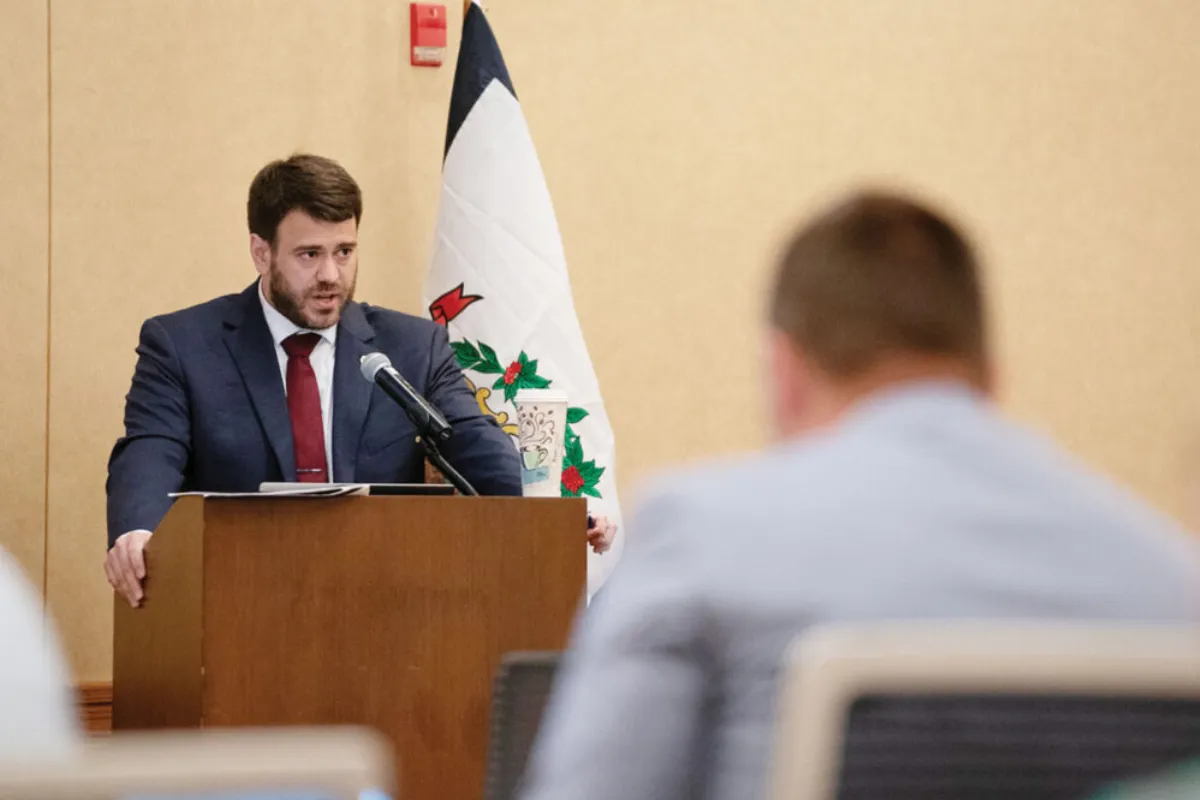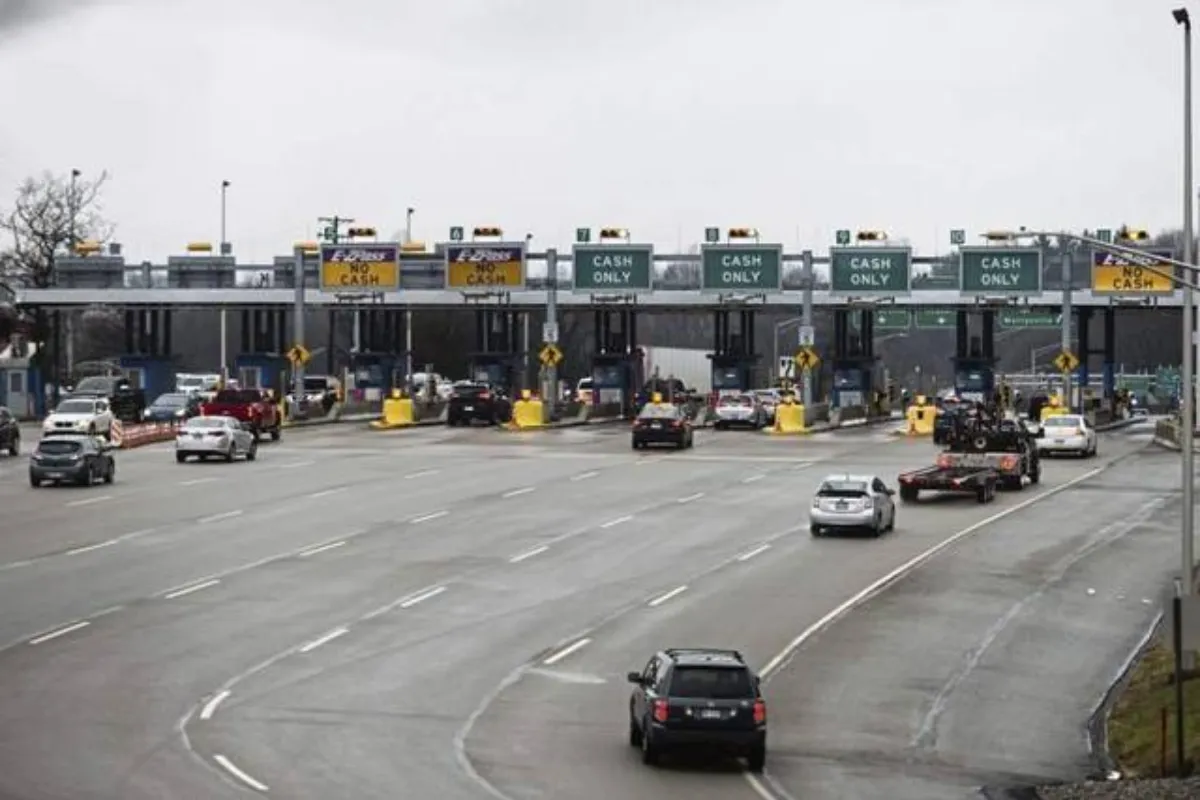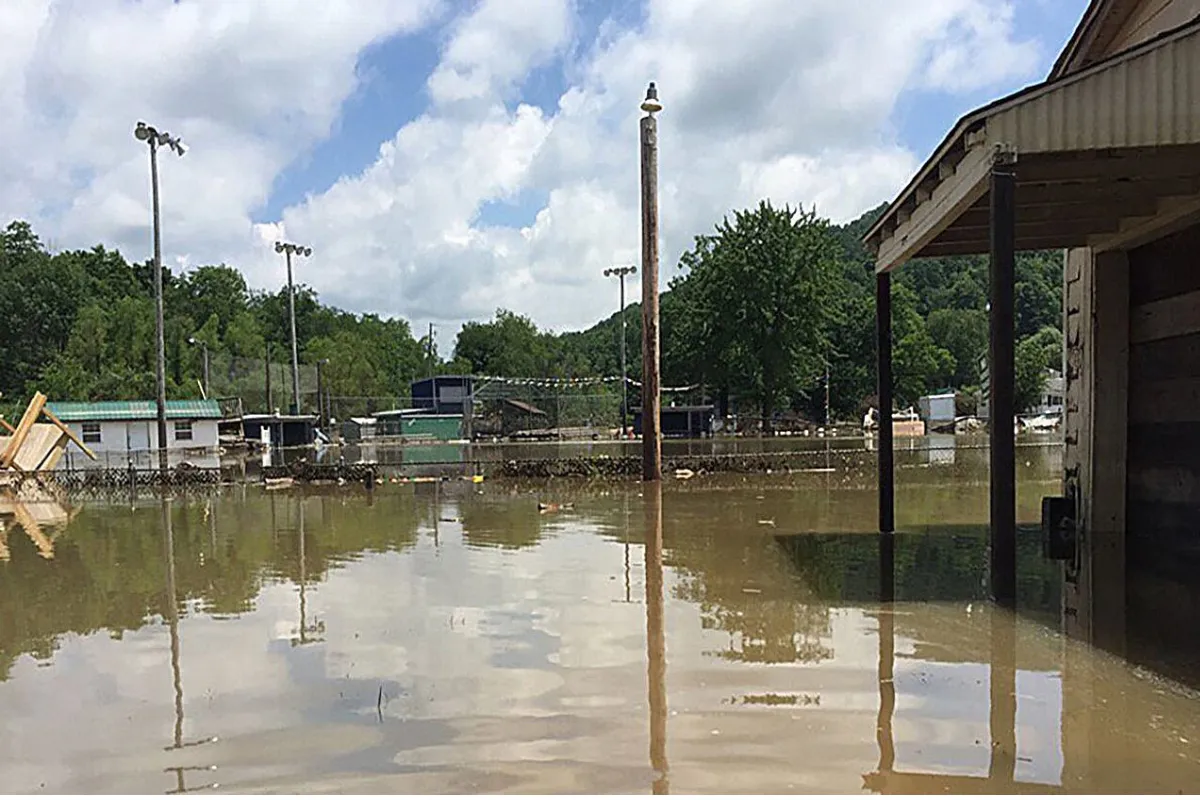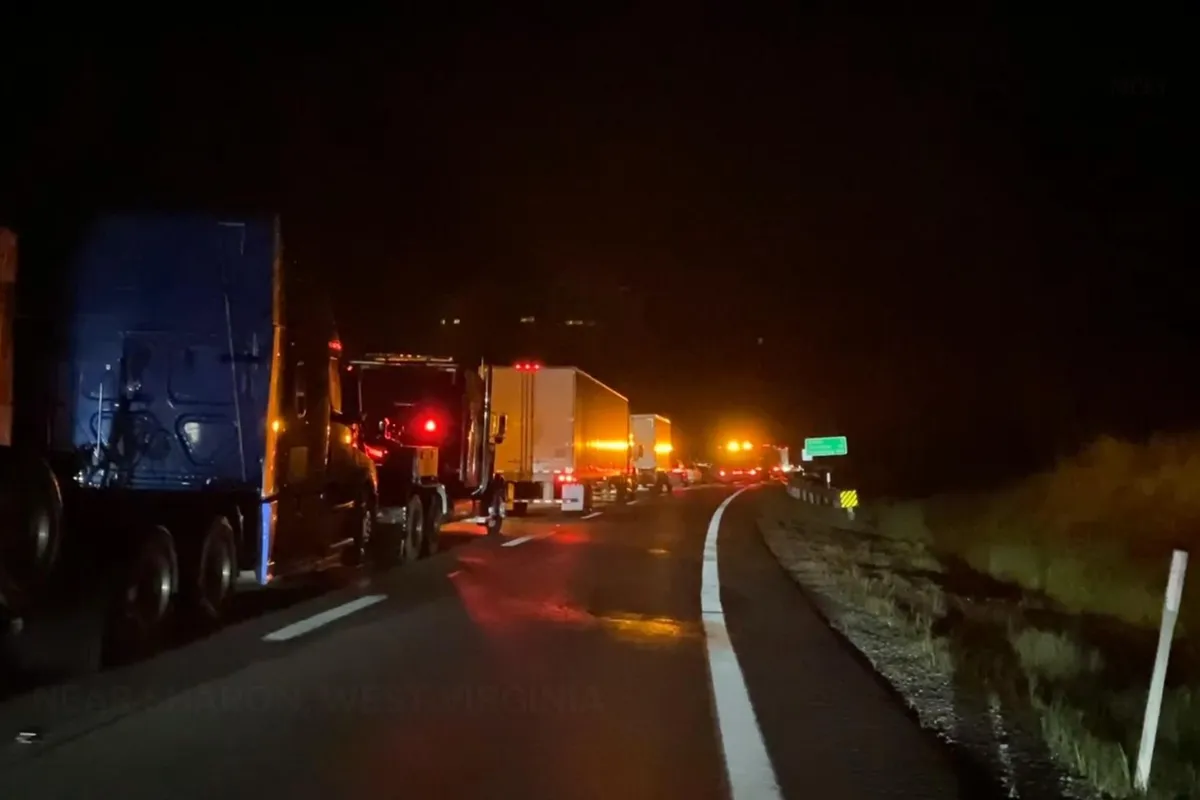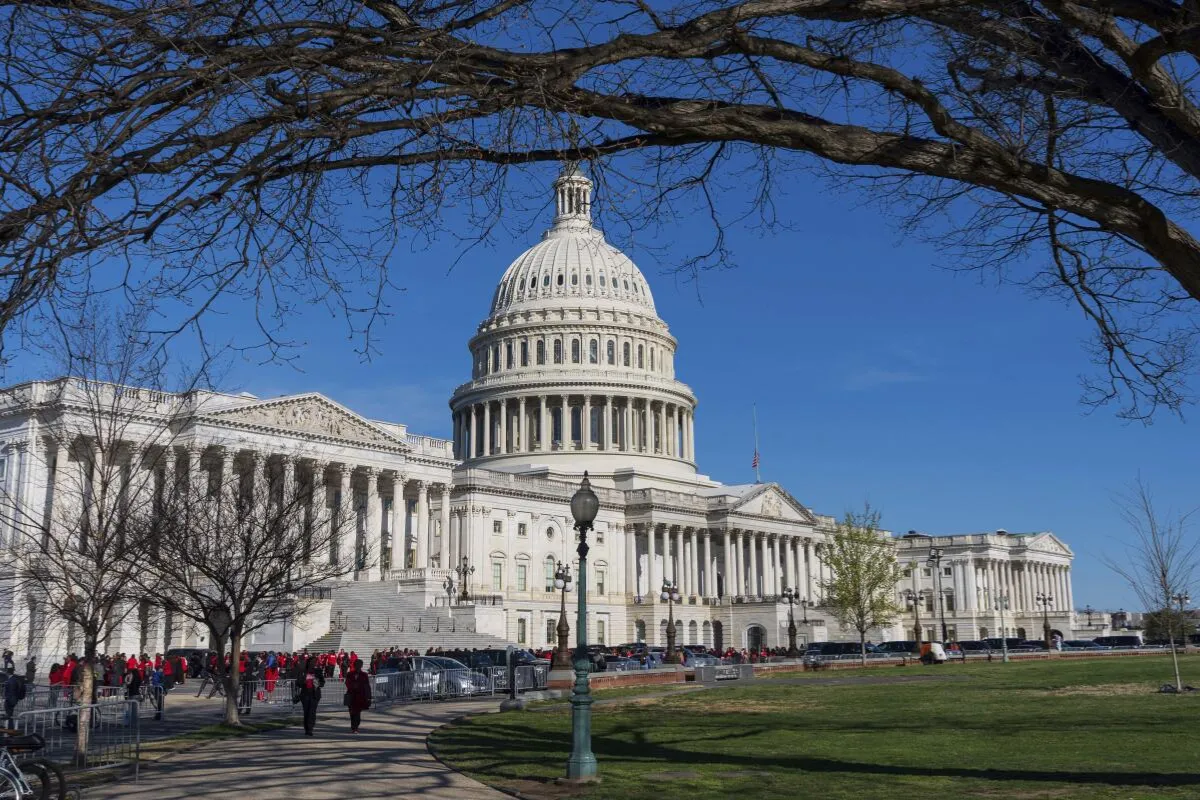West Virginia is closing out the current fiscal year with a budget surplus, but state officials warn that the future could bring tighter times. As the fiscal year ends on June 30, state leaders are preparing for potential revenue shortfalls, rising costs, and ongoing financial obligations that could strain future budgets.
During an interim legislative meeting at Stonewall Resort in Lewis County, lawmakers from the Joint Standing Committee on Finance heard a detailed update from Peter Shirley, Deputy Secretary of the Department of Revenue.
He confirmed that West Virginia’s general revenue collections totaled $4.9 billion as of May, beating the $4.7 billion estimate by about 5%. That surplus amounts to $236.9 million, although much of it has already been allocated.
Why Revenues Are Up Now—But May Decline Later
Most of the state’s revenue this year came from personal income taxes and consumer sales/use taxes, which together account for nearly 80% of the budget. Personal income tax collections alone were $92 million above projections, partly because fewer residents claimed the motor vehicle property tax credit than expected.
But despite this year’s gains, Shirley cautioned that personal income tax revenues actually declined by $85 million, or 4%, compared to last year. That dip stems from major tax cuts passed in 2023 and again this year. In total, these income tax rate reductions exceed 27%.
“These changes were expected,” Shirley said. “They reflect tax reforms from last year and credits like the child and dependent care credit and phasing out of the Social Security tax.”
Lawmakers reduced income tax rates by 21.25% in 2023, followed by an additional 4% reduction in January and another 2% cut during a special session last fall. A trigger for more tax cuts has been pushed to 2027, and revenue officials do not expect a new trigger in 2026.
A Balanced Budget for Now
Governor Patrick Morrisey signed the fiscal year 2026 budget after vetoing 29 line items, bringing the budget down to $5.28 billion. While that budget is technically balanced, Morrisey’s revenue team warns that spending is projected to exceed revenues starting in 2027.
The six-year budget forecast shows a nearly $400 million funding gap, caused in part by the loss of temporary federal pandemic aid and an overreliance on one-time funds.
Big Ticket Items Looming: Hope Scholarship and PEIA
Among the biggest future expenses is the Hope Scholarship program, a statewide education voucher available to public, private, and homeschool students beginning in 2027.
The program is expected to cost $110 million in fiscal year 2026, up from $45 million this year. In 2027, that figure could surge by another $190 million, totaling more than $300 million annually.
The Public Employees Insurance Agency (PEIA) is also placing increased pressure on the budget. PEIA offers healthcare coverage for state workers and local government employees, with the state covering 80% of the cost. Beginning July 1, premium increases will take effect:
- 14% increase for state employees
- 16% for local government workers
- 12% for retirees
Those changes will add roughly $113 million in new costs, with employer premiums projected to grow by another $49 million in 2027 and $56 million in 2028.
The PEIA Finance Board also raised out-of-pocket maximums, co-pays, and nearly doubled the monthly spousal surcharge from $147 to $350. A special session may be held this summer to discuss ways to control PEIA’s rising expenses.
“PEIA is obviously something that there’s a lot of discussions regarding,” Shirley told lawmakers. “We’re trying to think long-term about how to stabilize it.”
A Cautious Outlook
West Virginia ends the current fiscal year on a solid financial footing, but future forecasts paint a more uncertain picture. With tax revenue growth slowing, federal funds drying up, and costly programs like PEIA and the Hope Scholarship expanding, lawmakers are preparing for tough decisions in the years ahead.
State officials stress that maintaining fiscal balance will require strategic planning and possibly new policies to ensure West Virginia’s long-term financial stability.
